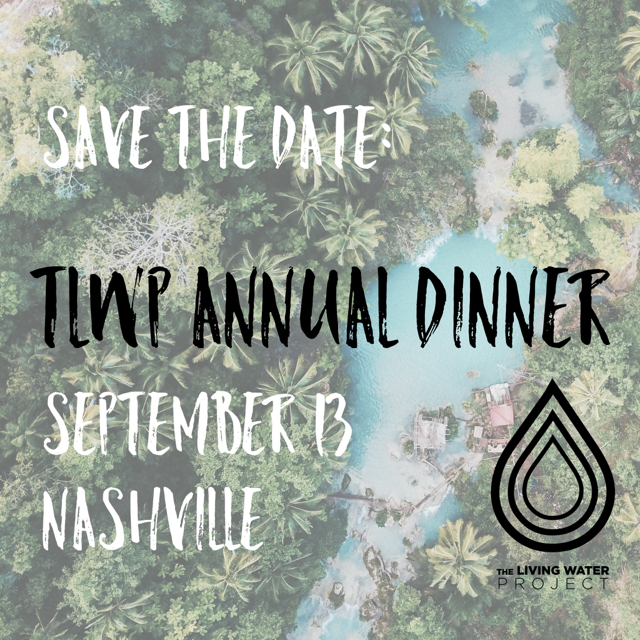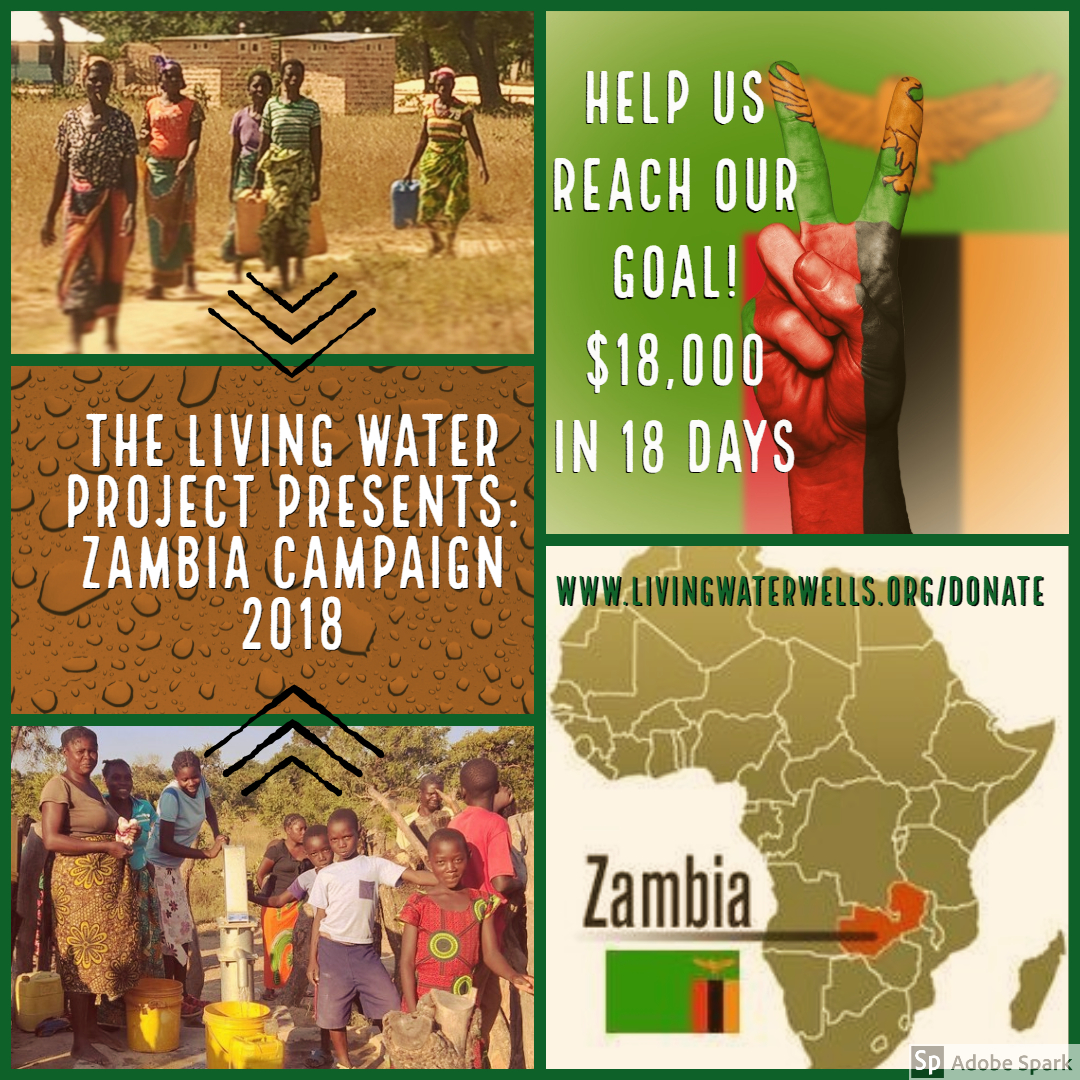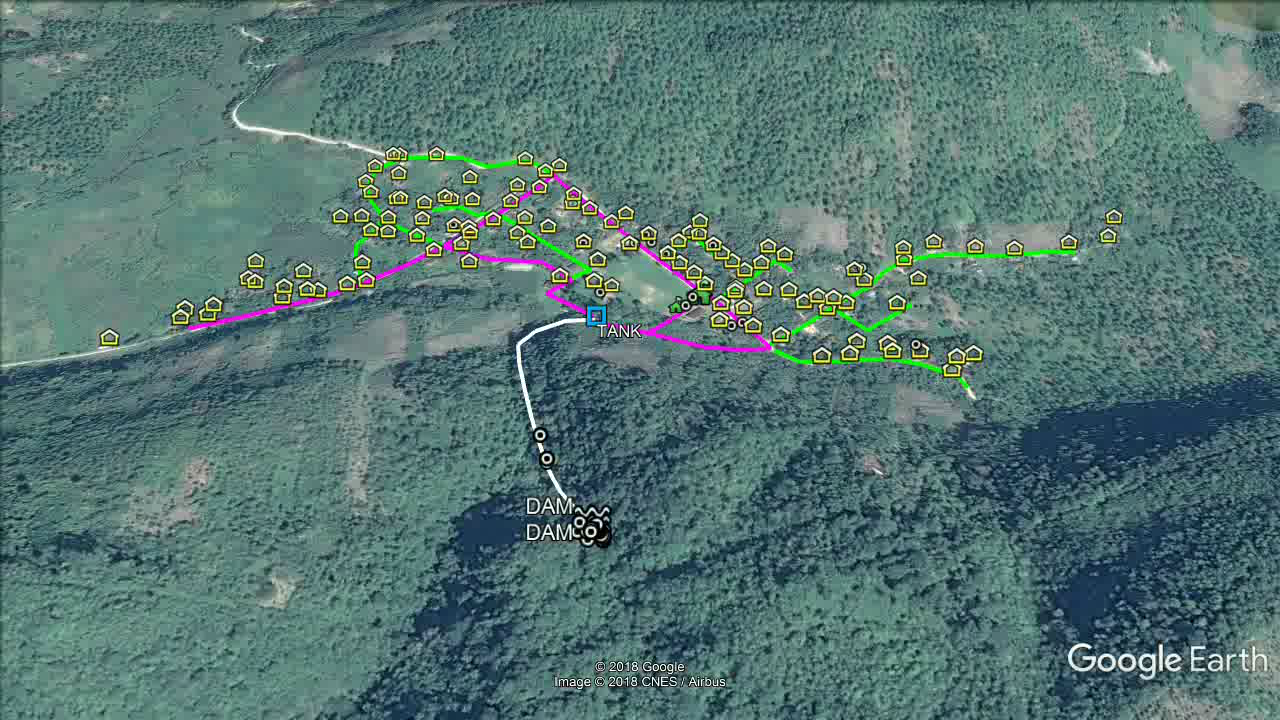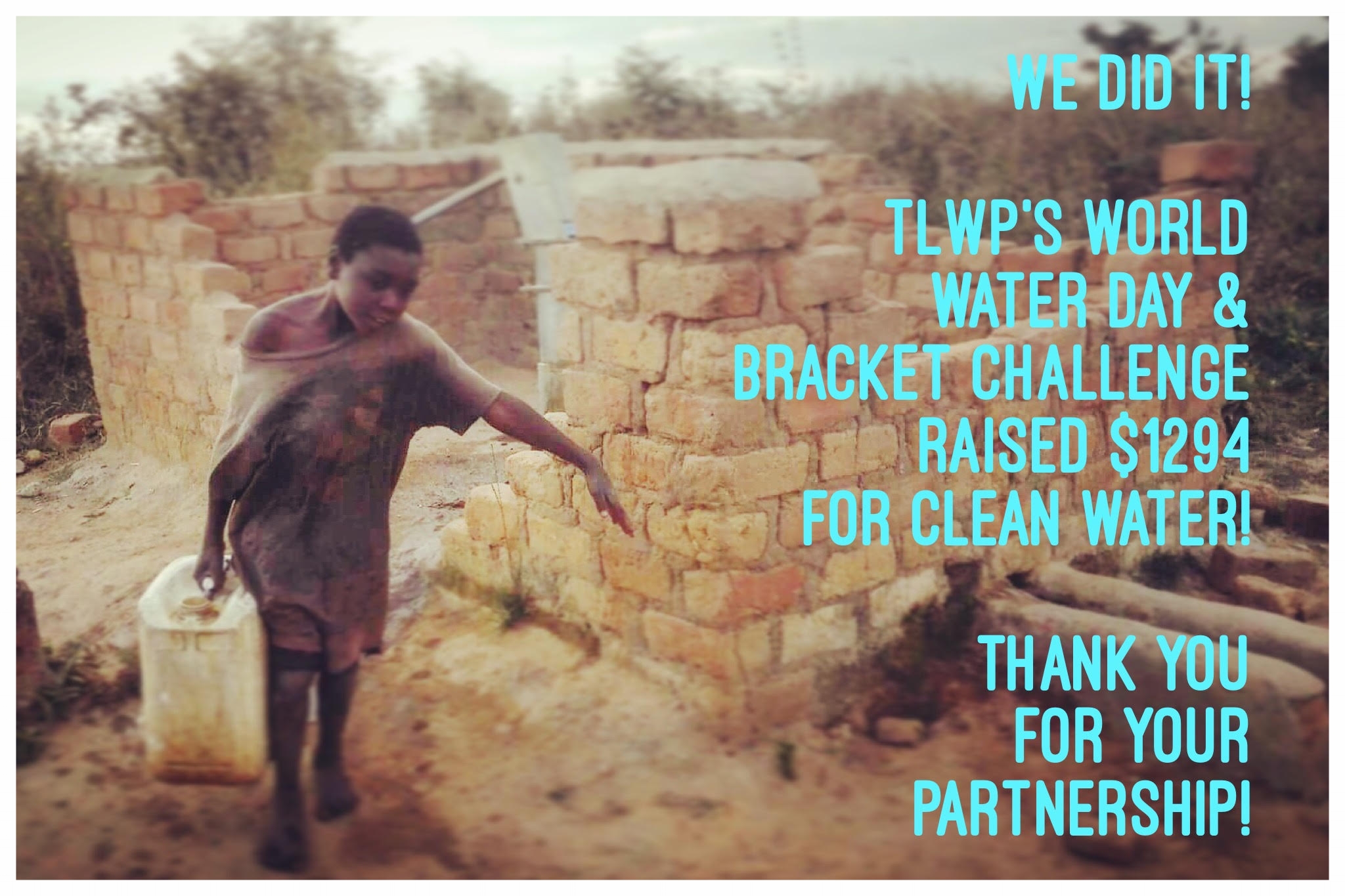This post was written by TLWP Board Member, Jennifer Thompson. Jennifer and fellow TLWP board member, Kevin Colvett give a first hand account of their recent trip to Nicaragua.
In January, OneWorld Health dedicated its newest clinic, in the city of Jinotega in Nicaragua’s mountains. The clinic includes patient rooms, space for rotating specialists, an ultrasound room big enough for families, and plenty of space for labs and cultures.
Nine of us from TLWP traveled to Jinotega for the dedication, tied to this clinic by its water system. In the fall of 2015, Jackie England, a longtime TLWP supporter and dear friend to many connected to us, passed away from a chronic kidney condition. Jackie’s family requested that donations in her memory be given to TLWP, and we are honored to be able to so actively participate in remembering her.
Around the time of Jackie’s death, we received a message from longtime friend of TLWP TJ McCloud, OneWorld Health’s regional director in Nicaragua. TJ was in the beginning stages of planning a clinic in the Jinotega region in Nicaragua’s northern mountains, where kidney disease, especially among Nicaraguans who spend their working hours outside in the fields, is one particular concern.
Generous donations in Jackie’s memory totaled about $15,300 - just over what was needed to completely fund the water system in the Jinotega clinic. As TJ noted at the dedication, TLWP’s support via funding the water system allowed OWH to dramatically increase the clinic’s lab facilities that will grow into a regional hub for these services, allowing them to serve an even larger population.
In the days after the dedication, we traveled to communities with whom we hope to partner in making clean, healthy water more accessible. In my time on the board I’d seen plenty of photos of places in need of water, but photos cannot compare to physically standing in a coffee field where chemicals are running into an open water source, used every morning by both a woman who lives up a nearby hill and the animals that live nearby; or standing next to a beautiful, peaceful river just before being told it is essentially acting as a sewer system for several towns, and that the people who live in the houses you just walked by are nearly always sick.
But to steal a line from fellow director Kevin Colvett, this is a problem that we can do something about. We met generous, passionate engineers and community leaders who care deeply about their truly beautiful country, their communities and their work, and I am incredibly optimistic that those relationships will form long-term partnerships that can connect resources to communities and needs. (In fact, plans are already underway for more work and another trip this summer.)
We are so thankful to all of Jackie’s friends and family who, in the midst of their grief, will make such a difference in the lives of so many through the Jinotega clinic. We are so hopeful to see what this beginning - that she and her family have helped bring about - will become.
Jackie’s husband David wrote a beautiful post about the trip in his own words here.














